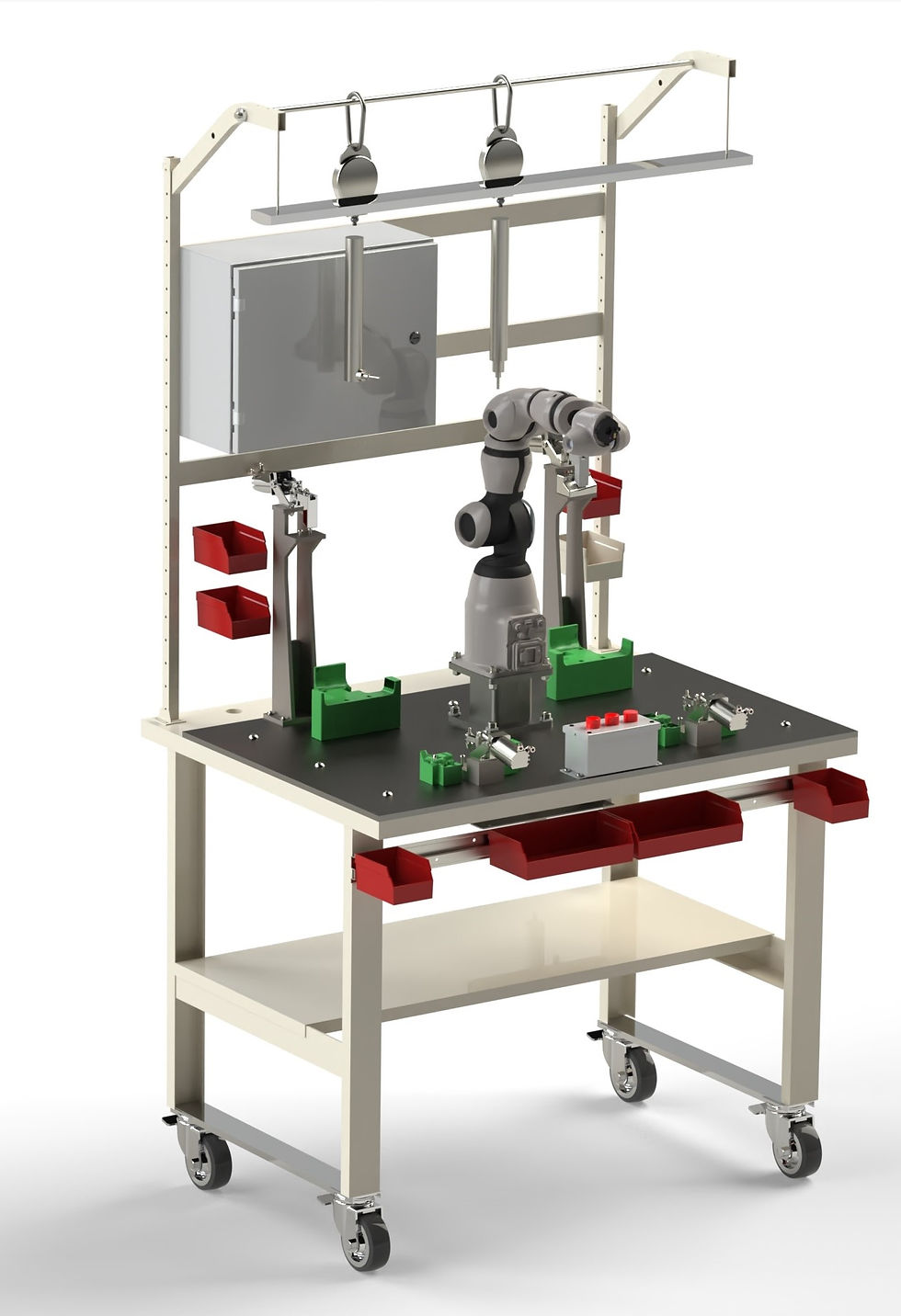The value of PE approval
- jackieolinger
- Sep 24, 2021
- 2 min read
Updated: Oct 4, 2021
On occasion, we get asked, "Why is a PE approval necessary for a lift device?" It's a valid question. As long as a lifting device does what it’s needed to do, is there that much more benefit to the extra step and expense of having a PE-sealed design?
Our answer is a resounding yes!
The Value of a PE Stamp
In addition to performing the desired task efficiently, you want to make sure that a lift device is safe for the employees who use it—and that it will continue to be safe over time. OSHA recognizes that ASME-compliant lifting devices are a part of a safe workplace. The ASME standards state that the device must be designed by a qualified person.

How do you know that your lifting systems are ASME qualified? One of two ways:
Make sure that the device follows ASME B30.20 and ASME BTH-1 and includes an ASME tag.
Provide documentation that demonstrates the design was accomplished by a qualified person, someone who by “a recognized degree, certificate, or professional standing, or who by extensive knowledge, training, and experience, has successfully demonstrated his ability to solve or resolve problems relating to the subject matter, the work, or the project,” as defined in OSHA standard 1926.32(m).
A PE-sealed drawing is a great way to prove qualification.

Get Help with the Heavy Lifting
KTM Solutions designs and delivers custom Below the Hook systems. Our products are designed specific to each application in compliance with ASME standards, and we can provide either the engineering or a full turnkey system. When a client orders a turnkey system, our products include the appropriate ASME markings and proof load testing. All services offer PE-sealed engineering documentation for your or your customer's compliance records.
If you are looking for someone to help you design a complete lift system, contact us and let our engineers help you with all your lifting needs.





Comments